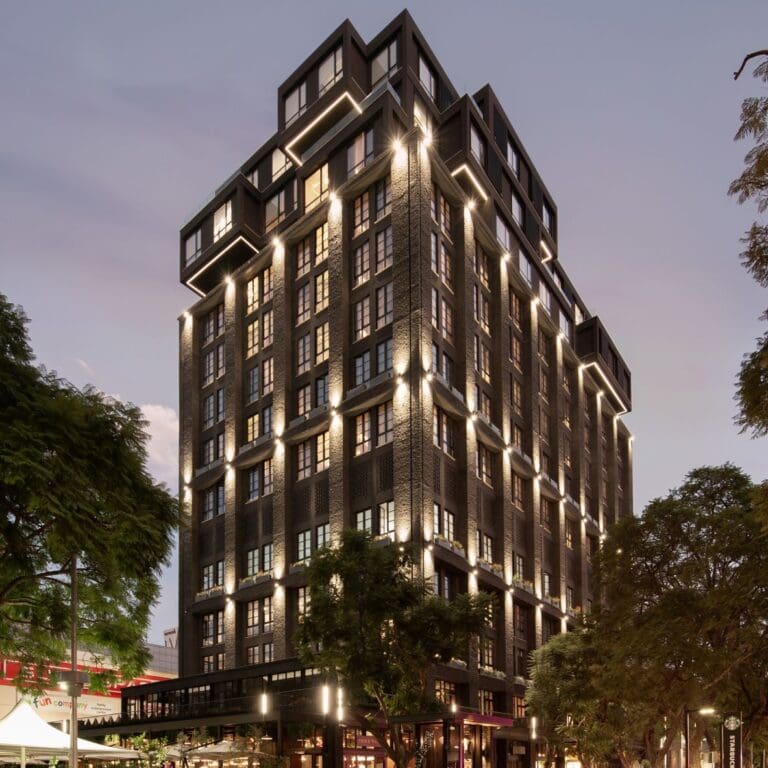

Upended by Covid-19, the real estate sector found itself in major flux as offices stood empty for months on end. The industry must now re-imagine what’s next as more companies either allow employees to keep working from home or downgrade their physical office needs.
It’s an interesting conundrum, with a vast amount of office spaces standing open, particularly in big metros, according to Jonathan Reader from Ithemba Property. But while there are a lot of empty spaces, it is only a minority that are suitable for residential conversion.
When it comes to converting an office space into a living space, there are a host of elements to consider. From the building size and floor plan to the location. So, what makes it possible?
According to Reader, the right floor plan and a building structure that can handle the additional weight load are key elements when looking at converting a building into a residential space. Residential buildings have a far greater weight than commercial buildings. Hence, it is important to know whether the building can carry the weight of new internal apartment walls. Unfortunately, the answer is often no.
Other crucial aspects to keep in mind include the availability of adequate elevators in the building, and whether they are the correct size. One also needs to check whether there are enough parking bays and if there is ample water, electricity, and sewage capacity for an apartment building filled with people.
Furthermore, green spaces for gardens and pets are other things to consider when planning on converting an office building into a residential building. Then, only once all of these aspects have been considered and evaluated, the final decision-making factor and ultimate question follows: Do people actually want to live in the location of the building, and can you persuade them to do so?
When an office space is successfully converted into a residential building, there are even more factors to look into. People who move into a converted building evidently expect better value for their money. If, for example, the apartment space is compromised due to the initial purpose of the space, the buyer might want to pay less. For instance, the apartment might be slightly longer and narrower than an apartment in a built-to-live-in block.
Most buyers or renters looking at these spaces are also looking for other amenities and facilities, like a great on-site gym, an extensive retail offering on the bottom floor, or cool rooftop spaces that would be characteristic of today’s corporate buildings.
And of course, there is the location and the story of the building.
Stay up-to-date on the hottest, hippest and most happening things to do in Mzansi!
